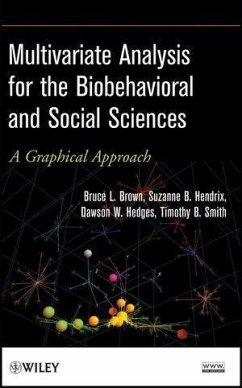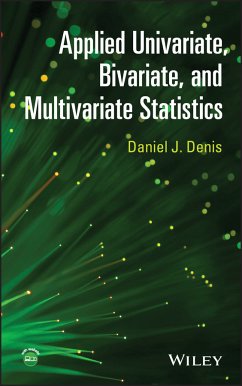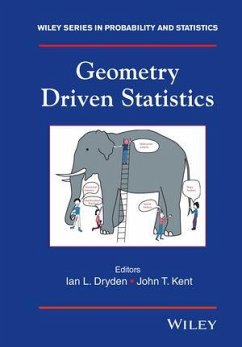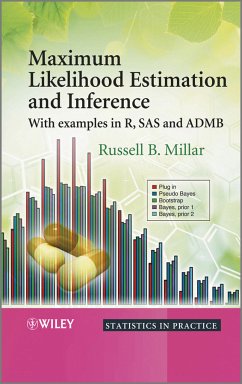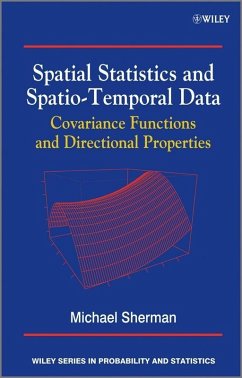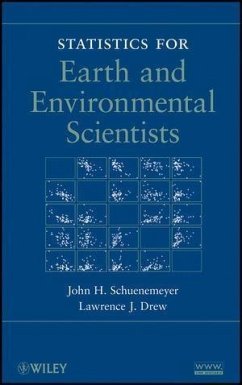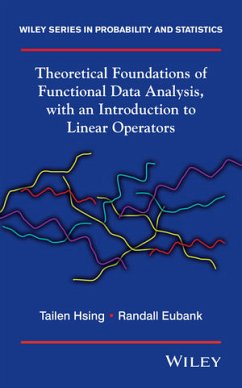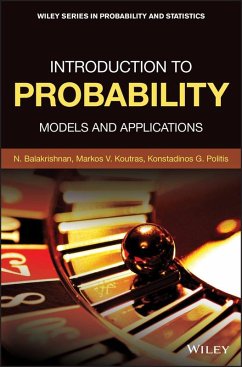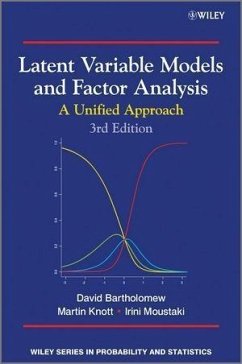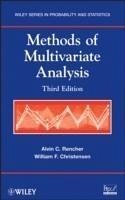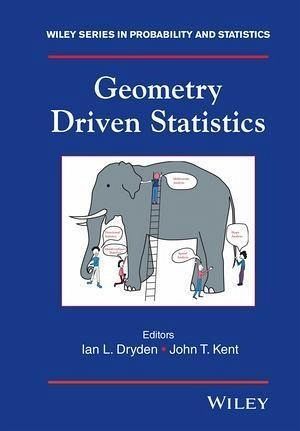
Geometry Driven Statistics (eBook, ePUB)
Versandkostenfrei!
Sofort per Download lieferbar
87,99 €
inkl. MwSt.
Weitere Ausgaben:

PAYBACK Punkte
0 °P sammeln!
A timely collection of advanced, original material in the area of statistical methodology motivated by geometric problems, dedicated to the influential work of Kanti V. Mardia This volume celebrates Kanti V. Mardia's long and influential career in statistics. A common theme unifying much of Mardia's work is the importance of geometry in statistics, and to highlight the areas emphasized in his research this book brings together 16 contributions from high-profile researchers in the field. Geometry Driven Statistics covers a wide range of application areas including directional data, shape analys...
A timely collection of advanced, original material in the area of statistical methodology motivated by geometric problems, dedicated to the influential work of Kanti V. Mardia This volume celebrates Kanti V. Mardia's long and influential career in statistics. A common theme unifying much of Mardia's work is the importance of geometry in statistics, and to highlight the areas emphasized in his research this book brings together 16 contributions from high-profile researchers in the field. Geometry Driven Statistics covers a wide range of application areas including directional data, shape analysis, spatial data, climate science, fingerprints, image analysis, computer vision and bioinformatics. The book will appeal to statisticians and others with an interest in data motivated by geometric considerations. Summarizing the state of the art, examining some new developments and presenting a vision for the future, Geometry Driven Statistics will enable the reader to broaden knowledge of important research areas in statistics and gain a new appreciation of the work and influence of Kanti V. Mardia.
Dieser Download kann aus rechtlichen Gründen nur mit Rechnungsadresse in D ausgeliefert werden.



